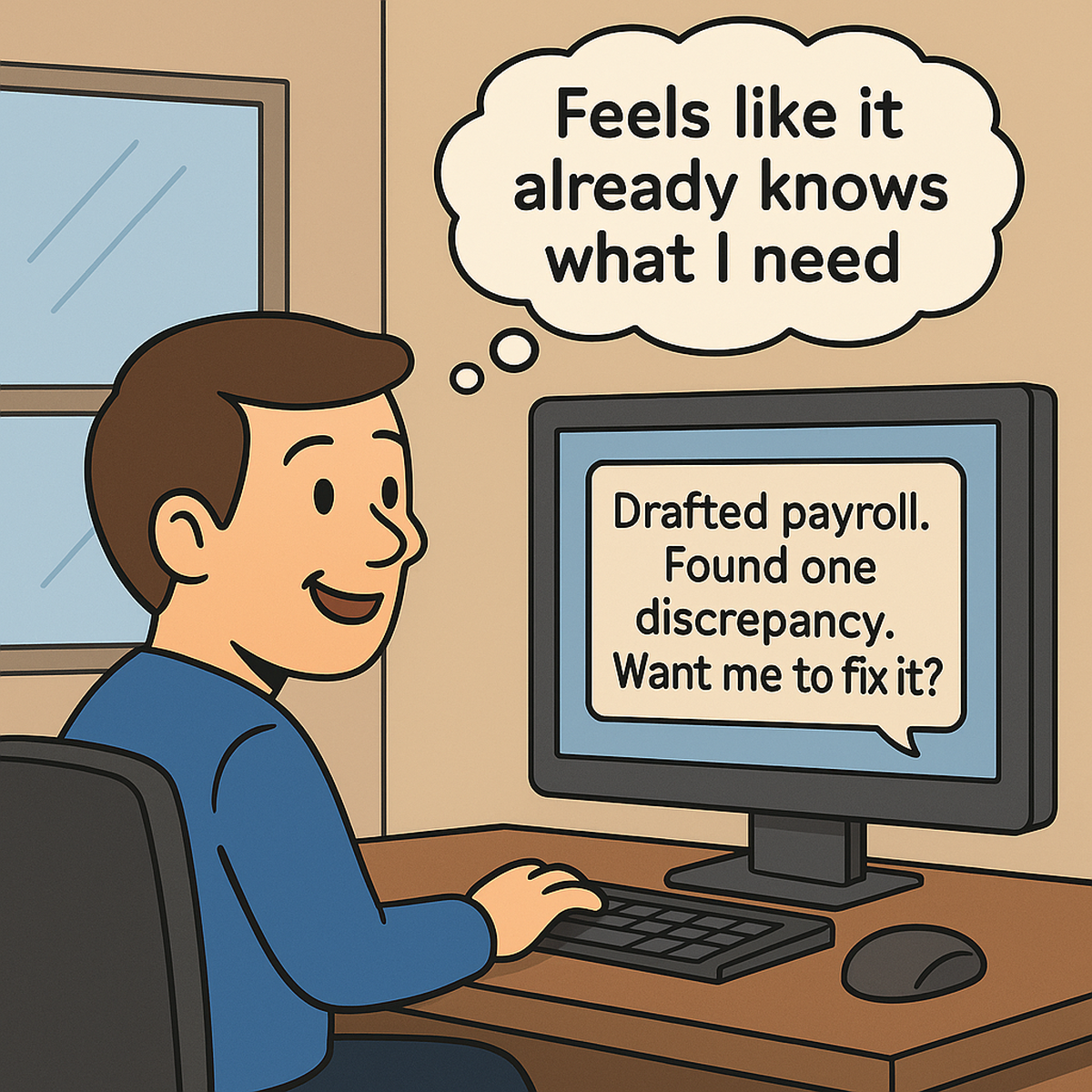Intro:
Capturing user intent and delivering outcomes efficiently are table stakes. The next evolution of agent-driven systems goes beyond reacting to commands. Tomorrow's agents will collaborate, predict, explain, and anticipate - reshaping how users experience technology altogether.
The future belongs to systems that feel less like tools - and more like trusted partners.

1. Multi-Agent Collaboration: Teams of Specialized Agents
Instead of one giant agent trying to handle every task, systems will orchestrate multiple specialized agents. Each agent will manage specific domains - scheduling, approvals, onboarding - and work together behind the scenes.
Example:
- Scheduling agent confirms candidate interview → HR agent initiates background check → Finance agent sets up expense account.
Collaboration, not centralization, will drive faster, more accurate outcomes.
2. Proactive Agents: Anticipating Needs Before Asked
Agents won’t just respond to prompts - they’ll proactively suggest actions based on behavior patterns and upcoming needs.
Example:
- "You typically generate customer invoices on the 15th. Would you like me to prepare drafts for your review?"
When done right, proactive behavior feels helpful, not pushy.
The balance will be critical: anticipate without overwhelming.
3. Deep Context Retention: Memory That Feels Natural
Today’s agents often forget context between sessions. The future demands long-running memory - agents that remember past actions, preferences, workflows, and even mistakes.
Example:
- System remembers that onboarding for the marketing team always includes special compliance training - no need to re-specify each time.
Deep memory reduces user friction and builds emotional connection with systems.
4. Transparency by Design: Explainability as Standard
Trust collapses if users can't see how agents think. Tomorrow’s agents will show their reasoning visibly and naturally
- Why a decision was made
- Where data came from
- How confident the agent is
Example:
- "Suggested based on 4 previous invoice patterns and customer approval history. Confidence 92%."
Trust is no longer optional - it must be engineered into every interaction.
5. Predictive Intent Modeling: Moving Before Users Move
Systems will learn to recognize patterns and predict intent - before the user even frames a formal request.
Example:
- If a customer file update often follows a project closure, the agent could suggest it as the project wraps.
Agents will guide users, not just wait to be guided.
6. New Ways to Measure Trust and Success
Completion rates and task counts aren’t enough. The future measures of agent success will include:
- Trust scores (how often users accept vs override agent suggestions)
- Recovery quality (how gracefully agents handle errors or uncertainty)
- User satisfaction and loyalty, not just speed
If users don't trust the system to act wisely, the system fails - no matter how fast it is.
Closing
The agent revolution doesn't stop with capturing intent. It moves toward understanding, predicting, and collaborating - making digital interactions smarter, faster, and more human than ever before. Companies that lead this shift won't just automate workflows. They'll redefine what great user experience means in an agent-driven world. The future is proactive. The future is trusted.
The future is already being built.